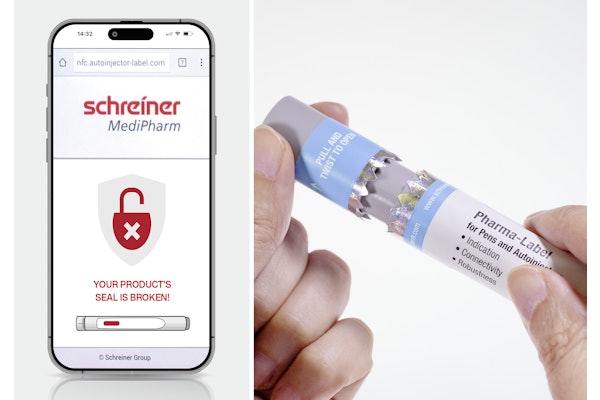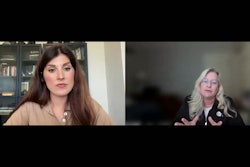Information Mediary Corp. supplies more than 30,000 of the Med-ic sensors, which are being used in blister packs from Fisher Clinical Services. Each blister card contains a two-week supply of pills. Smart sensors embedded in the cards record the date and time that the blister is broken. Every two months, the patient returns the blister packs to the clinic, where they are scanned using a Med-ic CertiScan RF Reader. The resulting patient compliance information is then reviewed by the study's coordinators.
Mark Dransfield, one of the study's co-investigators at the University of Alabama, has mixed feelings about the use of RFID sensors in blister packs. "There's no guarantee that patients are going to be more compliant," he says. "Just because the blister was popped on the right day and at the right time doesn't mean it went into the patient's stomach."
John Connett, professor of biostatistics at the University of Minnesota where the data is collected and processed, admits that it's difficult to know if the patient did indeed take the pills. "One possibility is that someone might want to put their pills in boxes marked with the days of the week." In this case, it may appear as if the patient is noncompliant when in fact he or she is.
Connett also voices concern about the child-resistant blisters. "You have to pull a tab on the back of the blister before you push the pill out," he explains. "Some adults may have difficulty opening them, and they may be tempted not to use it because it's too much trouble, or they may cut the blister open with scissors, which will wreck the sensors."
The University of Alabama currently has about 20 people enrolled in the trial. There have been some problems reading the cards, says Dransfield, but the bugs are being worked out. "The blister packs seem easy for the patients to use," he says. [HCP]
By Kassandra Kania
Kassandra Kania is a freelance writer based in Charlotte, NC. She has covered healthcare packaging for several years, most recently as a trade publication editor.
Mark Dransfield, one of the study's co-investigators at the University of Alabama, has mixed feelings about the use of RFID sensors in blister packs. "There's no guarantee that patients are going to be more compliant," he says. "Just because the blister was popped on the right day and at the right time doesn't mean it went into the patient's stomach."
John Connett, professor of biostatistics at the University of Minnesota where the data is collected and processed, admits that it's difficult to know if the patient did indeed take the pills. "One possibility is that someone might want to put their pills in boxes marked with the days of the week." In this case, it may appear as if the patient is noncompliant when in fact he or she is.
Connett also voices concern about the child-resistant blisters. "You have to pull a tab on the back of the blister before you push the pill out," he explains. "Some adults may have difficulty opening them, and they may be tempted not to use it because it's too much trouble, or they may cut the blister open with scissors, which will wreck the sensors."
The University of Alabama currently has about 20 people enrolled in the trial. There have been some problems reading the cards, says Dransfield, but the bugs are being worked out. "The blister packs seem easy for the patients to use," he says. [HCP]
By Kassandra Kania
Kassandra Kania is a freelance writer based in Charlotte, NC. She has covered healthcare packaging for several years, most recently as a trade publication editor.


















